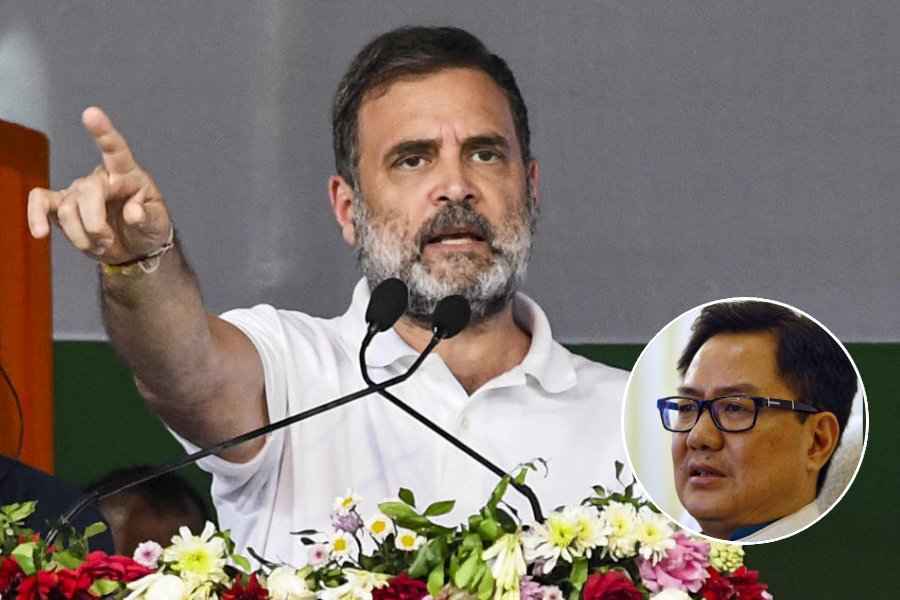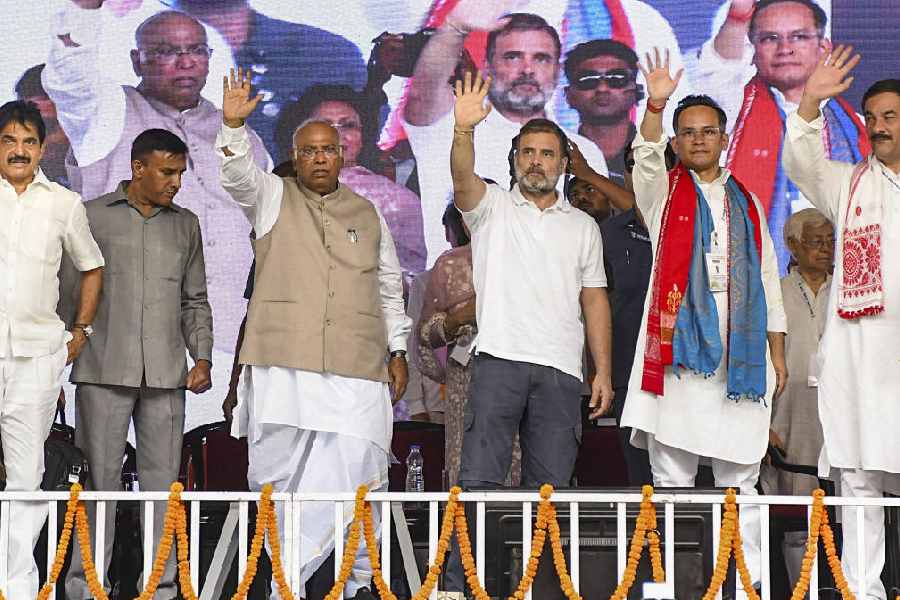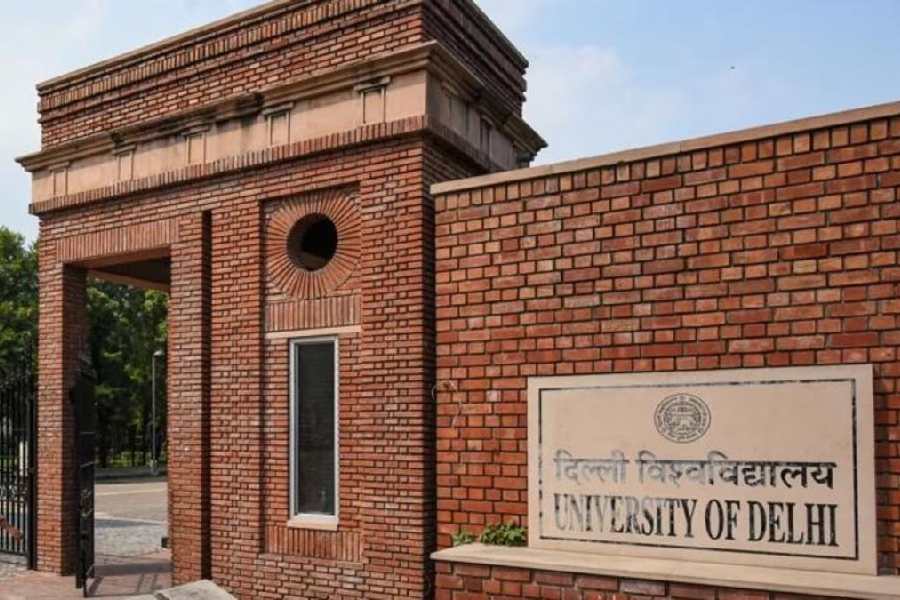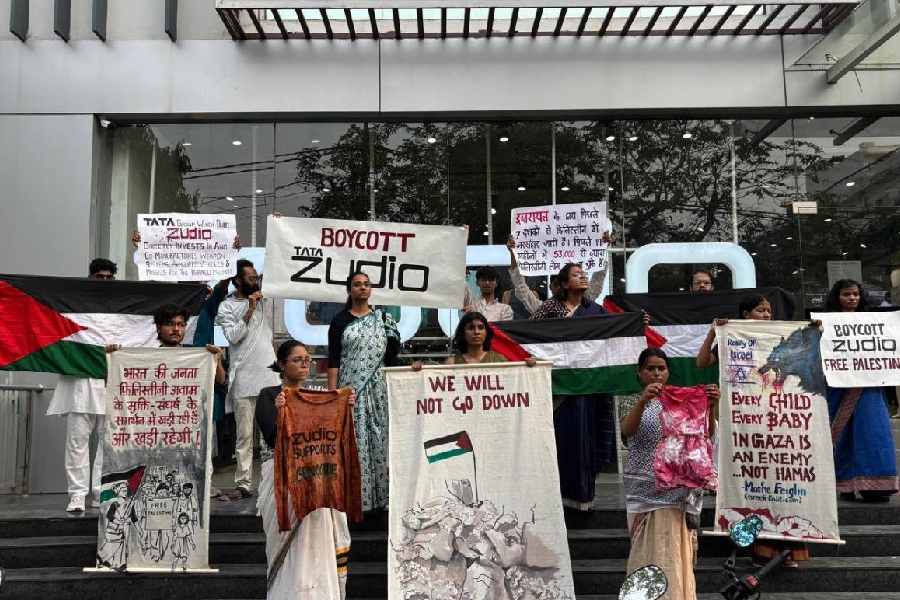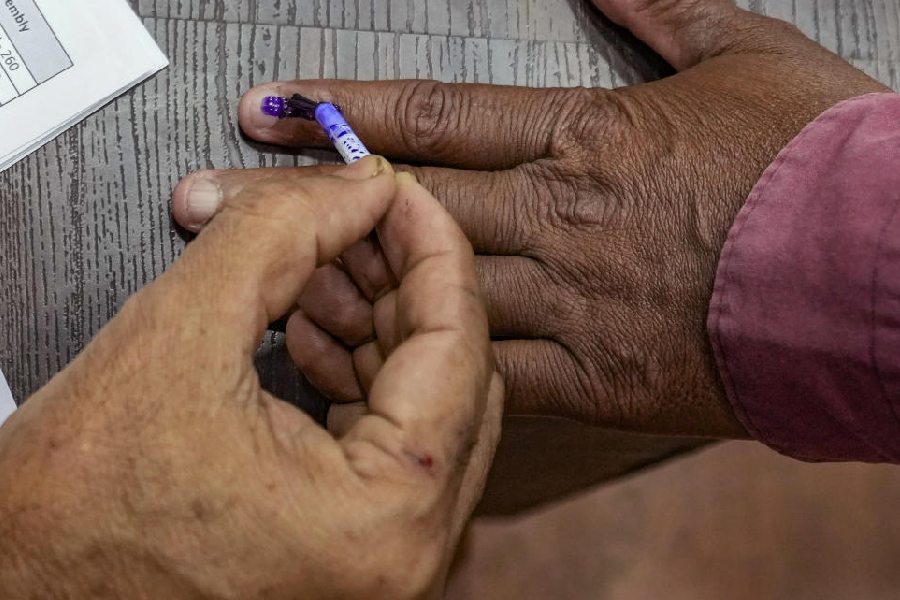Bengal’s chief minister spouts poetry when asked questions about rallies, but this piece of statistics might shut him up: Calcutta has dropped sharply on the literacy scale.
In the past 10 years, its rank among the country’s 593 districts has fallen from 31 to 46, according to the 2001 census numbers. Bangalore — comparisons with Karnataka don’t go down well at Writers’ Buildings — has climbed past Calcutta since the 1991 census.
The figures suggest that around four-fifths of the country’s districts have fared better than Calcutta in reducing illiteracy over the past decade, when the city’s literacy rate grew from 77.61 to 81.31 per cent.
The Calcutta Municipal Corporation area is a laggard compared even with other towns in Bengal, ranking 70 on the list of 120 municipal towns and municipalities. “The literacy campaign in the city was never strong, if compared with the districts. In the late 90s, a committee was set up to evaluate the impact of the literacy campaign, but it couldn’t function due to the government’s inefficiency,” said an educationist.
Experts agree that reducing illiteracy in the densely-populated urban centres, with a high presence of migrant daily-wage earners and domestic helps is difficult, but they also point out that campaigns can be worked out to suit the situation.
“Literacy rates are high in the urban areas and eradication of the residual illiteracy is difficult. For the illiterates, the opportunity cost of literacy is very high. But Kerala has shown how to address illiteracy in urban areas,” said Raghabendra Chattopadhyay of the Indian Institute of Management, Calcutta. Seven districts from Kerala feature among the top 10 literate districts.
In 1999, Chattopadhyay headed a study, commissioned by the state government and Unicef, on elementary education in Bengal. The report identified gaps in the delivery system and questioned official estimates of enrolment and dropout rates in schools after studying 72 urban blocks and 106 villages. But the findings have not been published.
Kanti Biswas, minister in charge of school education, admitted Calcutta’s failure, but listed a host of reasons: “The city has a high population density. Besides, hundreds and thousands of working-class people, mostly illiterate, from the neighbouring states are constantly coming to Calcutta. So, despite a record increase in the number of school-going students in the past two decades, we suffer in terms of literacy rates.”
Women have given the city’s literacy figure a fairer look. With a literacy rate of 84.07 per cent, the city’s men had an all-India rank of 134, while women, with 77.95 per cent, claimed the 29th position.
Rajib Sinha of Unicef said “10 to 15 per cent children” here belong to the “difficult-to-reach” category. “A survey in 2001 found over 30,000 children in the city not going to school. When we started about 450 schools under the Sikshalaya Prakalpa, only 22,000 registered,” he added.


